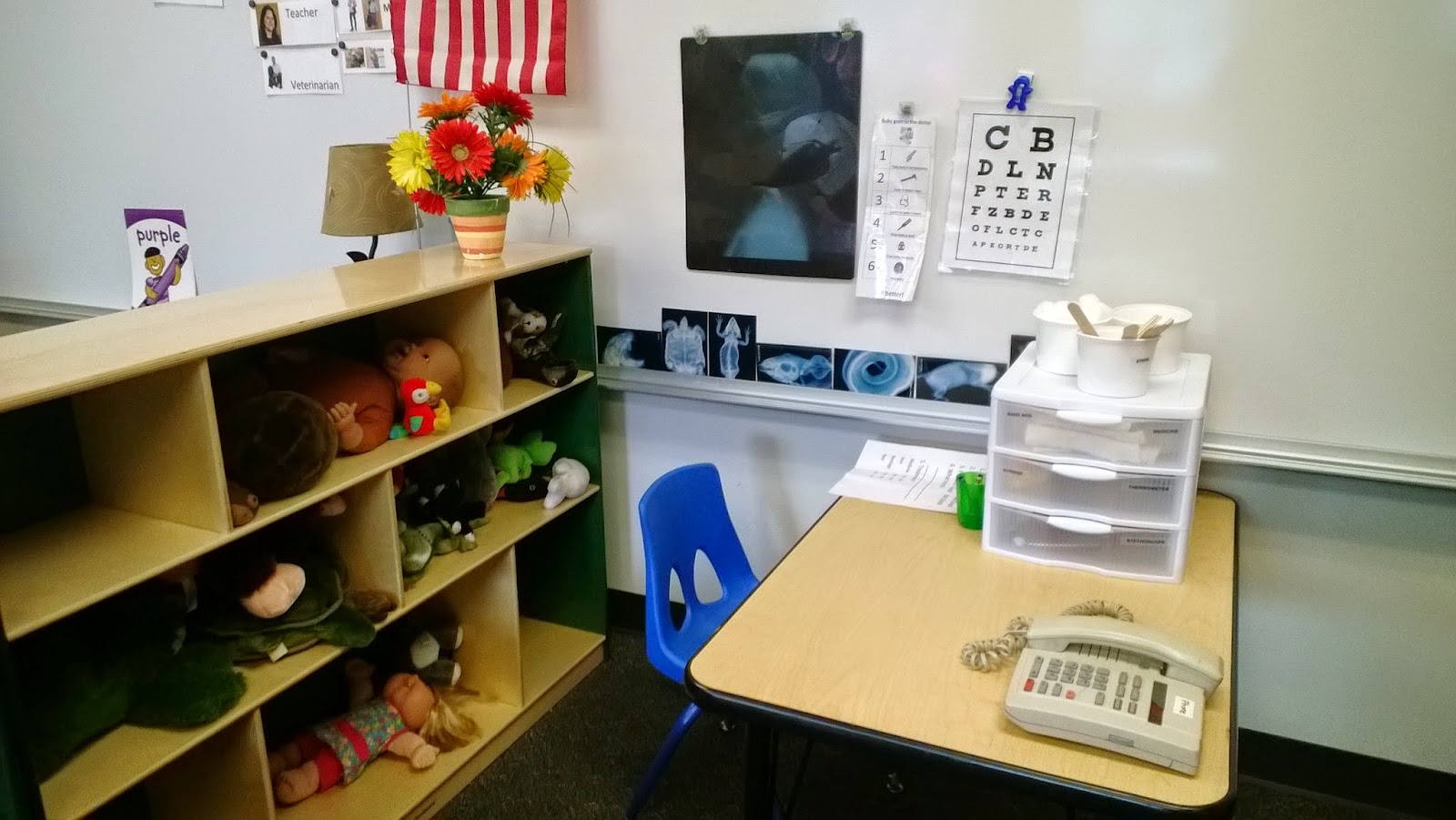 |
Mix puzzle pieces from 2-3 puzzles in one container.
Prompt students to say: "here you go" as they hand
the "wrong" puzzle pieces to their friends. |
The majority of students on my caseload have significant delays in social skills. Which means that a big part of the school day is spend on teaching age-appropriate social interaction. Depending on the child's current level of social skills, I use different strategies to help him or her. For example, some students with autism first need to be taught to "notice" their peers. The point of the activities below is to help students understand that they
need their peers in order to complete the activity or play the game. Some of these activities include:
- puzzle or matching game
Take all of the puzzle pieces out of the puzzle or game and give it to one of the students.
Give the puzzle pieces or matching game pieces to the other student. The first student is then prompted to ask for the pieces for his puzzle or game in order to completed. Having a written script often helps, for example: "David, can I have the square please?" The second student is required to pay attention and hand the correct piece to his peer.
 |
| Plastic egg surprise |
- puzzle mix-up
Mix puzzle pieces from 2 different puzzles (ex: shapes puzzle and colors puzzle) in one container. Prompt students to say: "Here you go" or "Here is your piece" as they hand the puzzle pieces from the other puzzle to their friends.
- plastic egg surprise
Hide small toys or stickers in plastic "Easter" eggs and put them into a sack or a box. Have students take turns drawing eggs out of the container and open them to see the surprise hidden inside. Prompt students to show their surprise to their peer: "Look!" (written scripts help). Then prompt the peer to make a comment about the surprise: "Wow!" or "Cool!"
- bingo
One of the students gets to call out the cards (numbers, colors, or letters depending on the type of the bingo game) and the other student get the bingo card. Prompt students to play the game cooperatively.
- dramatic play toys (create sets of toys by setting the toys into two separate containers)
 |
| Garage playset with a visual play script |
Student can play doctor or vet together. One of the kids could have the box with all of the medical instruments, while the other has the "patients". Restaurant, store, cars, and many other pretend play games can be played in this manner. It is helpful to have play scripts available for these activities. Many of my high-functioning students with autism are more inclined to play pretend games with peers when they have visual step-by-step directions available to them.
-Bear Buddies
Research shows that children are more likely to interact and play cooperatively when they play in close proximity to one another. In order to encourage more cooperative play in my classroom, I created an activity called Bear Buddies. I made many pairs of necklaces shaped like bears (laminated construction paper and yarn) in different colors. Students who are assigned the same color are required to: stay together, play together, and talk together. Depending on the number of students in the class, I sometimes assign a particular activity or play area to individual pairs of students. For example, Johnny and Rosie have to play in the kitchen, while Sammy and Becky have to complete a puzzle together.
For more ideas please refer to
Tasks Galore Let's Play!

























